The Many Kinds of Journals

To journal is to be human. Keeping a journal or diary has been around for nearly as long as written language itself, and is inarguably a uniquely human phenomenon.
Throughout history, journals have not just been a tool for self reflection. Examples from Anne Frank and Captain Scott have served as great literary works and essential parts of humanities history - both good and bad.
It's no wonder that 1 in 6 people are actively keeping a journal, according to Psychology Today. And many more are trying - it's unlikely I need state all the benefits to keeping a journal!
While putting pen to paper might seem straightforward, it's not quite that simple; the world of journaling has evolved with many methods and styles - some of which just might be here to stay.
I've compiled a list of the most popular types of journals people are keeping in 2024; what makes them unique, their unusual benefits, and how they just might fit into your life!
- Diary-Style Journaling
- Gratitude Journaling
- Bullet Journaling
- Stream of Consciousness Journaling
- Reflective Journaling
- Dream Journaling
- Art Journaling
- Junk Journaling
- Audio Journaling
- Digital Journaling
Diary-Style Journaling
When most people think of journaling, they often envision the classic diary; a leather-bound notebook and a fountain pen scrawling out, 'Dear diary'. It's the simplest method that's been around for literally thousands of years - for good reason!
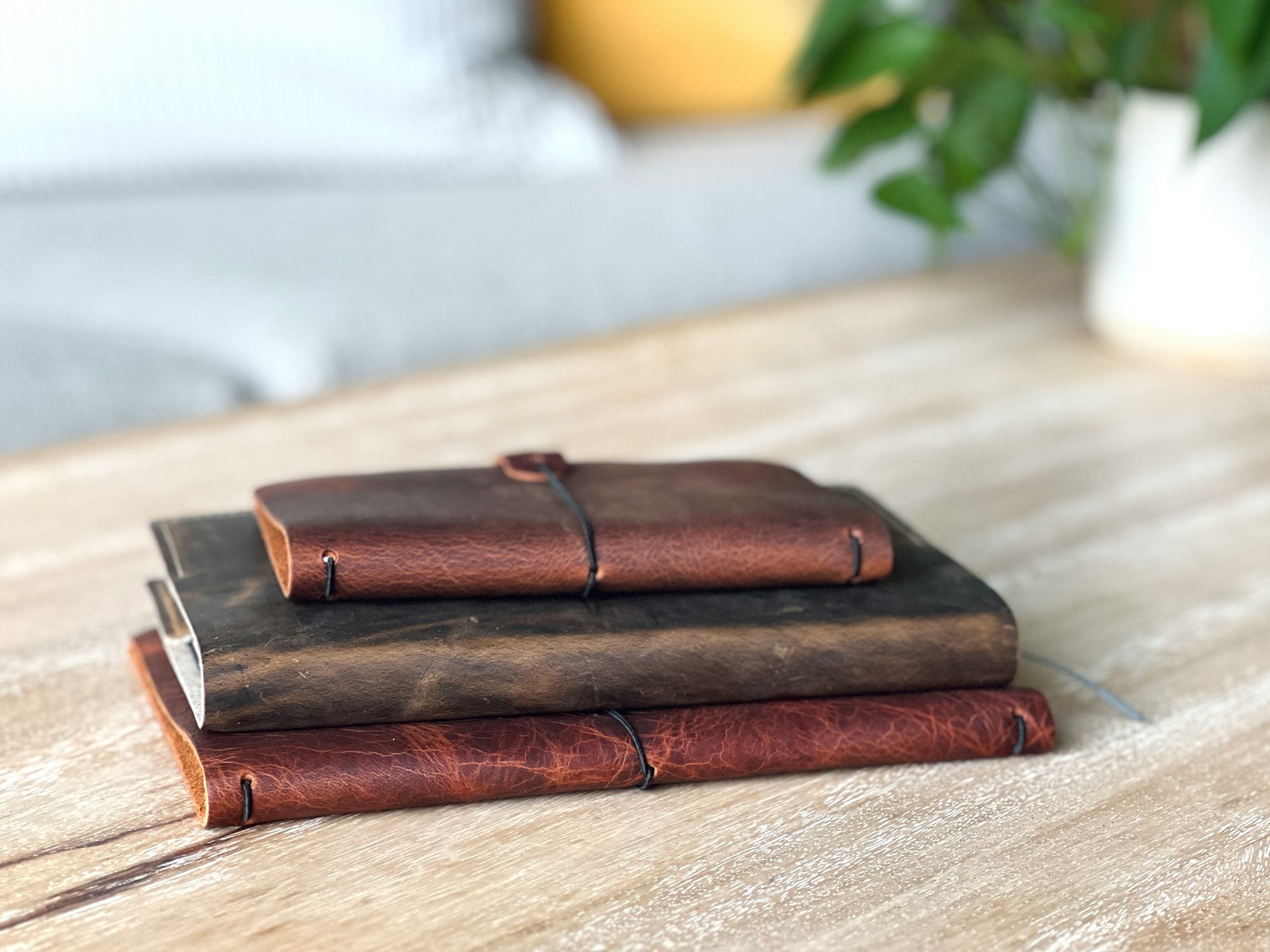
This method involves entries detailing daily events, thoughts, and feelings. It's the journaling equivalent of having a conversation with your inner voice at the end of each day - or rather a conversation between your inner voice and the aforementioned 'dairy'.
The beauty of diary-style journaling lies in its simplicity. There are no rules or structures to follow – you simply write about your day and whatever comes to mind. It's a great fit for people who find structured writing restrictive; it allows for a natural flow of thoughts and can be an excellent way to both record and process the day's events and emotions.
Many people find that this style of journaling helps them gain clarity on their experiences, too. By revisiting past entries, patterns in behavior, thinking, and emotions can be obvious.
Diary-style journaling can also be a meaningful record of your life journey. You just might capture memories and milestones that would otherwise be forgotten - and have the opportunity to share them with loved ones, one day.
However, the unstructured nature of this approach can sometimes lead to rambling or surface-level entries. Some journalers find that without a specific focus, their entries become more about recounting events than deep reflection. That very well could be your goal - but if not, you might incorporate prompts or specific questions into their daily entries to encourage deeper reflection.
Gratitude Journaling
Gratitude journaling has gained a lot of popularity in recent years, mostly due to and increased public awareness and acceptance of mental health and well-being. This form of journaling focuses explicitly stating and expressing gratitude for events and people in your life, no matter how small they may seem.
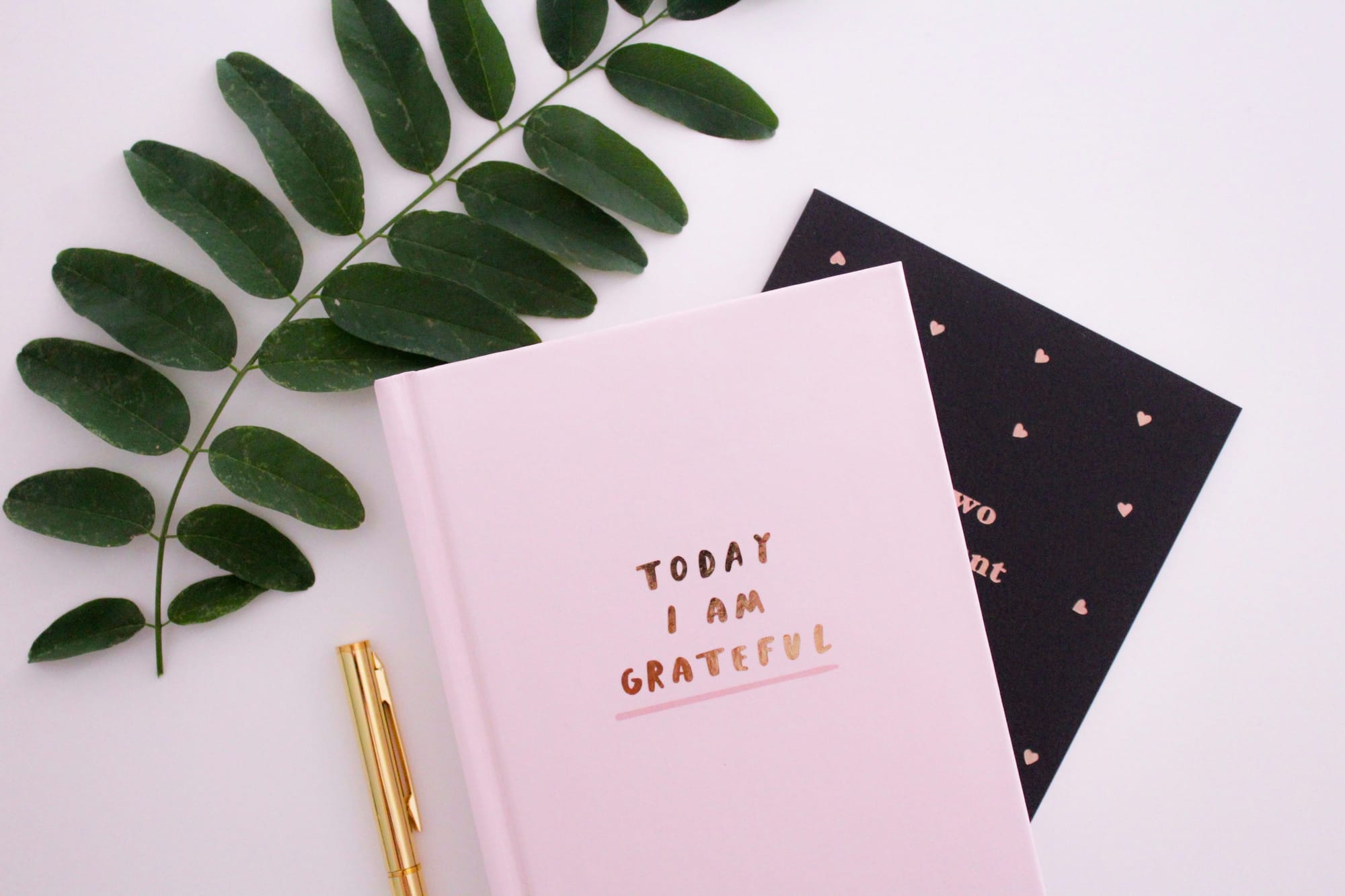
Basically, gratitude journaling is writing down what you're thankful for.
It's a more formal and frequent version of the common annual (sometimes dreaded) Thanksgiving tradition of going around the table and sharing what you're thankful for.
This might be every day, every week, or at whatever interval feels manageable and meaningful to you. The format is flexible too; you can make a list (for example, three things you're grateful for each day), or write more elaborate reflections on sources of gratitude in your life.
The power of gratitude journaling lies is in shifting focus from the negative to the positive - and you'll definitely notice a difference.
People who gratitude journal report increased optimism, improved mood, and a greater sense of overall life satisfaction.
Research has even suggested health benefits, such as improved sleep quality, heart health and lower rates of depression and anxiety.
One of the challenges of gratitude journaling is maintaining the habit over time, especially when life feels particularly difficult. However it's during these times, that gratitude journaling can be most beneficial. Pushing yourself to find gratitude during tough periods will help you come back more resilient than ever.
Bullet Journaling
Bullet journaling, sometimes referred to as "BuJo," is a formal, highly customizable system that combines planning, to-do lists, and traditional journaling. Developed by Austrian digital product designer Ryder Carroll, this method has exploded in popularity recently, particularly among those who appreciate structure and productivity in their journaling practice.

At its core, bullet journaling uses a system of bullets and symbols to quickly log information, tasks, and events. This rapid logging technique lets you efficiently capture of information throughout the day. Bullet journals usually have a few different components: an index, a future log for long-term planning, monthly logs, and daily logs.
What sets bullet journaling apart is its focus on productivity - and flexibility. While there are basic guidelines, you're encouraged to adapt the system to your needs. There are a wide range of interpretations, from minimalist layouts focused purely on productivity to elaborate, artistic spreads that serve as both planner and creative outlet - and might be more along the lines of art journaling.
While bullet journal enthusiasts find that the method helps them stay organized, it does provides a space for reflection and personal growth. The act of setting up spreads and migrating tasks can be meditative. The process encourages mindfulness and intentionality in planning and goal-setting.
With that said, bullet journaling is certainly a more standardized and less creative process than many other types of journaling. For some, the potential for creativity in bullet journaling can become overwhelming. The abundance of beautifully decorated spreads shared on social media can create pressure to produce "Instagram-worthy" pages.
If you get on the "BuJo" train, remember that the effectiveness of the system lies in its functionality, not its aesthetic appeal!
Stream of Consciousness Journaling
Stream of consciousness journaling is perhaps the most uninhibited form of journaling.

This method involves writing continuously for a set period without stopping to edit, censor, or even think about what you're writing. The goal is to capture the raw, unfiltered flow of thoughts and emotions as they occur.
It's a somewhat pure form of journaling; even though we're usually just writing for ourselves when we journal, there can absolutely be some self-censure. This is as close as you can get to capturing your current state of mind.
Stream of consciousness journaling can be helpful for overcoming writer's block, but it's more intriguing side is exploring subconscious thoughts and feelings, and releasing pent-up emotions.
Some people consider it to be closer to a form of meditation than journaling, allowing you to clear your mind and gain new insights into your thought patterns and emotional state.
The lack of structure in stream of consciousness journaling can be both liberating and challenging. On one hand, it frees you from any expectations of coherence or quality, which can (and does) result in surprising revelations and creative breakthroughs. On the other hand, the resulting entries can sometimes feel chaotic and difficult to revisit and extract meaning from later.
Some use stream of consciousness writing as a warm-up exercise before engaging in more structured forms of journaling or creative writing. Others use it as a tool for problem-solving, letting their minds freely associate and potentially stumble upon new solutions or perspectives to problems in life.
Reflective Journaling
Reflective journaling is all about deep reflection and analysis of experiences, thoughts, and emotions. While in diary-style journaling the main focus is a recounting of events, reflective journaling pushes you to go deeper; to examine the underlying meanings, motivations, and lessons behind your life experiences.
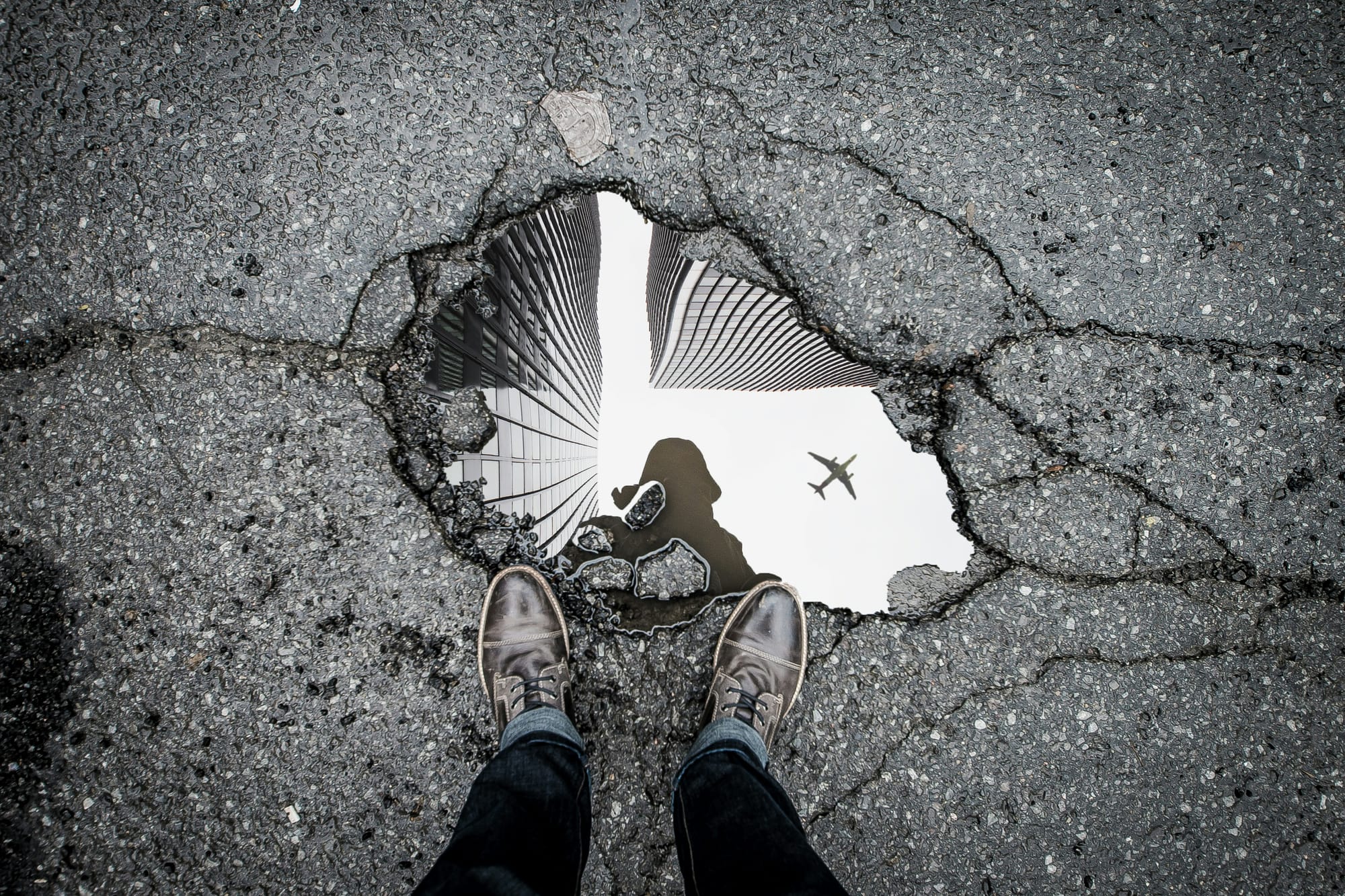
Reflective journaling means asking sometimes uncomfortable questions about one's thoughts, feelings, and actions. Why did I react that way? What does this experience tell me about who I am? How can I apply what I've learned to the future? While certainly not easy, you'll invariably gain deeper self-awareness and insights into who you are. It's also an easy way to promote continual improvement in all aspects of your life.
One challenge of reflective journaling is the inherent self-awareness and willingness to engage in honest self-examination that's required. It can be uncomfortable to confront certain truths about yourself or to deeply analyze difficult experiences.
Pushing through this discomfort will lead you to valuable personal insights and growth.
Dream Journaling
With dream journaling, you write down and analyze your dreams shortly after waking. This means preserving the (often fleeting) memories of dreams, identifying themes or symbols that keep coming back, and perhaps even gaining insights into your subconscious mind.

People who dream journal often keep a notebook close to their bed, allowing them to jot down details immediately upon waking - when memories of their dreams are freshest. You'll want to not just write down the narrative of the dream, but also emotions you felt, symbols or images, and potential real-life connections or meanings.
Interestingly, people who dream journal report an increased ability to remember their dreams over time, and are even able to recognize when they're dreaming (a skill useful in lucid dreaming practices). Regularly recording and reflecting on dreams can help with creativity, problem-solving, and self-understanding.
However, dream journaling can be challenging due to the fleeting nature of dreams. It often requires discipline to record dreams consistently, especially when waking up groggy or rushed - and you probably won't remember them if you put it off for after hitting the snooze button.
Art Journaling
Art journaling is, well, the form of journaling you'd expect from an artist.
It mixes art with words, creating a unique and deeply personal form of journaling. This method can involve a wide range of techniques and materials, from simple sketches and collages to complex mixed media pieces incorporating paints, fabrics, and found objects.

The beauty of art journaling lies in its ability to express emotions and experiences that might be difficult to capture in words alone. It's a dream for visual thinkers or those who find traditional writing challenging. Creating art itself can also be meditative and therapeutic, offering a different avenue for self-expression and stress relief.
Many art journalers find that the visual nature of their entries makes it easier to revisit and connect with past experiences and emotions. Flipping through past entries can provide a vivid reminder of your journey and growth over time.
One potential drawback of art journaling is that it can be more time-consuming and resource-intensive than traditional journaling. It may also be intimidating for those who don't consider themselves... let's just say artistically inclined. However, it's really the process and personal meaning of the art that's most important!
Junk Journaling
Junk journaling is a very unique approach to journaling where you repurpose bits and pieces to create unique, and very decorative entries. Think of junk journaling as a combination of scrapbooking, collage, and traditional journaling - all to produce a striking form of art journal.
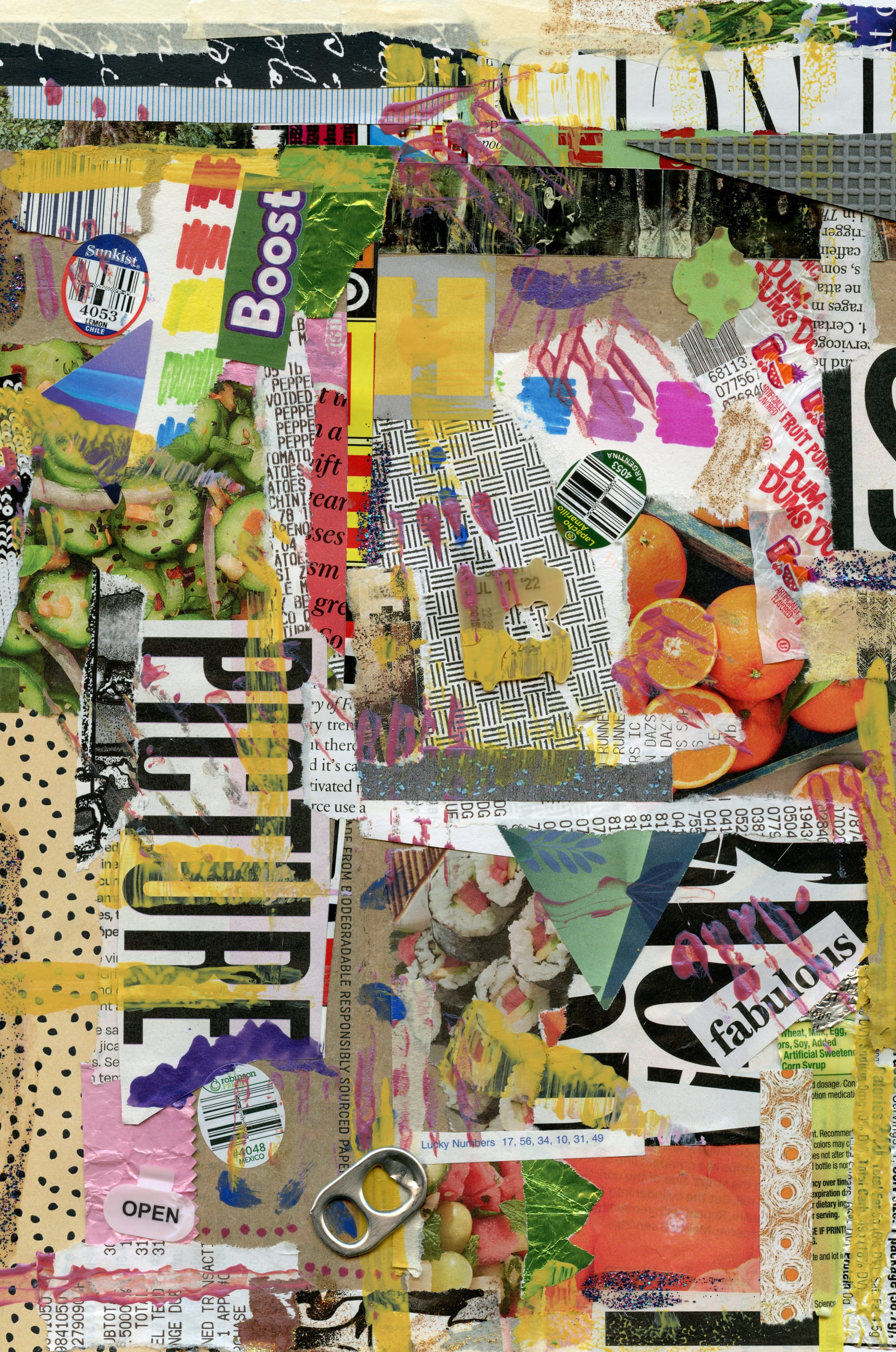
The "junk" in junk journaling refers to the materials used, which might include old book pages, ticket stubs, magazine clippings, fabric scraps, "washi" tape, stamps, and pretty much anything else you can think of. These items are combined with writing, drawings, and other decorative elements to create layered, tactile pages that tell a story.
The appeal to junk journaling? You get to create something meaningful out of 'junk'! You can give new life to items that would otherwise be thrown away; it's a sustainable and definitely unique journaling practice.
Junk journaling can be particularly satisfying for those who enjoy working with their hands and have a knack for visual composition.
One potential challenge of junk journaling is that it can require a fair bit of space to store. It might not be the best choice for those looking for a quick, simple journaling method or one you want to stick with over the long term.
Despite these potential drawbacks, a growing community of people (many on TikTok) find junk journaling to be a satisfying kind of journaling that lets them combine creativity, memory-keeping, and reflection in a very physical and tangible way.
Audio Journaling
Audio journaling - sometimes called voice journaling or spoken journaling - is a modern twist on traditional journaling. Instead of writing or typing your thoughts, you record them. Audio journaling has been growing in popularity with the ubiquity of smartphones - instantly available voice recorders!

The process of audio journaling is straightforward: instead of writing in a notebook or typing on a computer, you simply speak your journal entry into a recording device. This could be a dedicated voice recorder, an app, or even just a voice memo on your phone.
One of the main advantages of audio journaling is convenience and speed. For most people, speaking is much faster than writing, allowing a spontaneous expression of thoughts and feelings. It works wonders for capturing immediate reactions or preserving fleeting ideas.
Audio journaling can be especially useful for people who struggle with written expression too, whether due to dyslexia, physical limitations, or simply a preference for verbal communication. It's also a great option for multitaskers who want to journal while engaged in other activities like walking, commuting, or doing household chores.
Audio journaling does come with some challenges. For one, it can be more difficult to organize and review audio entries compared to written ones. While text can be quickly scanned, finding specific information in an audio recording can be time-consuming. Some apps like Reverie handle this by automatically transcribing and formatting entries so you can review them later.
Privacy can also be a concern with audio journaling. While not inherently less secure, audio feels more vulnerable to accidental discovery or tech failures.
Another potential drawback is that some people might feel self-conscious about recording their voice or struggle to express themselves verbally without the time for reflection that writing allows.
Despite these challenges, audio journaling is the fastest growing form of journaling - a liberating and effective form of self-expression for thousands.
It can capture nuances of emotion through tone of voice and provide a vivid and immediate record of experiences and thoughts.
Travel Journaling
Travel journaling is all about documenting experiences, observations, and reflections while exploring new places. These can be as simple as logs of itineraries and notable sights to rich, detailed accounts capturing the sights, sounds, smells, and emotions of travel experiences.
Traveling is a special experience - and travel journaling emphasizes that.

Journaling while on your travels can make the experience all the more meaningful; it encourages mindful observation and reflection of the incredible experiences you're having every day. It can also serve as a valuable keepsake; you're preserving some special memories that might otherwise fade with time.
Travel journals often incorporate other forms of journaling - with visual elements like sketches, ticket stubs, or pressed flowers - creating a multi-dimensional record of the journey.
One challenge of travel journaling is finding the time and energy to write while on the go. Some travelers find it helpful to establish a routine, such as writing for a few minutes each evening, while others prefer to jot down quick notes throughout the day and elaborate on them later or while on long flights home.
Regardless of your regular journaling routing - try out a travel journal on your next trip!
Digital Journaling
With the rise of computers and smartphones, digital journaling has become increasingly popular. This can take many forms, from simple text entries in a note-taking app to multimedia journals incorporating photos, videos, and audio recordings.
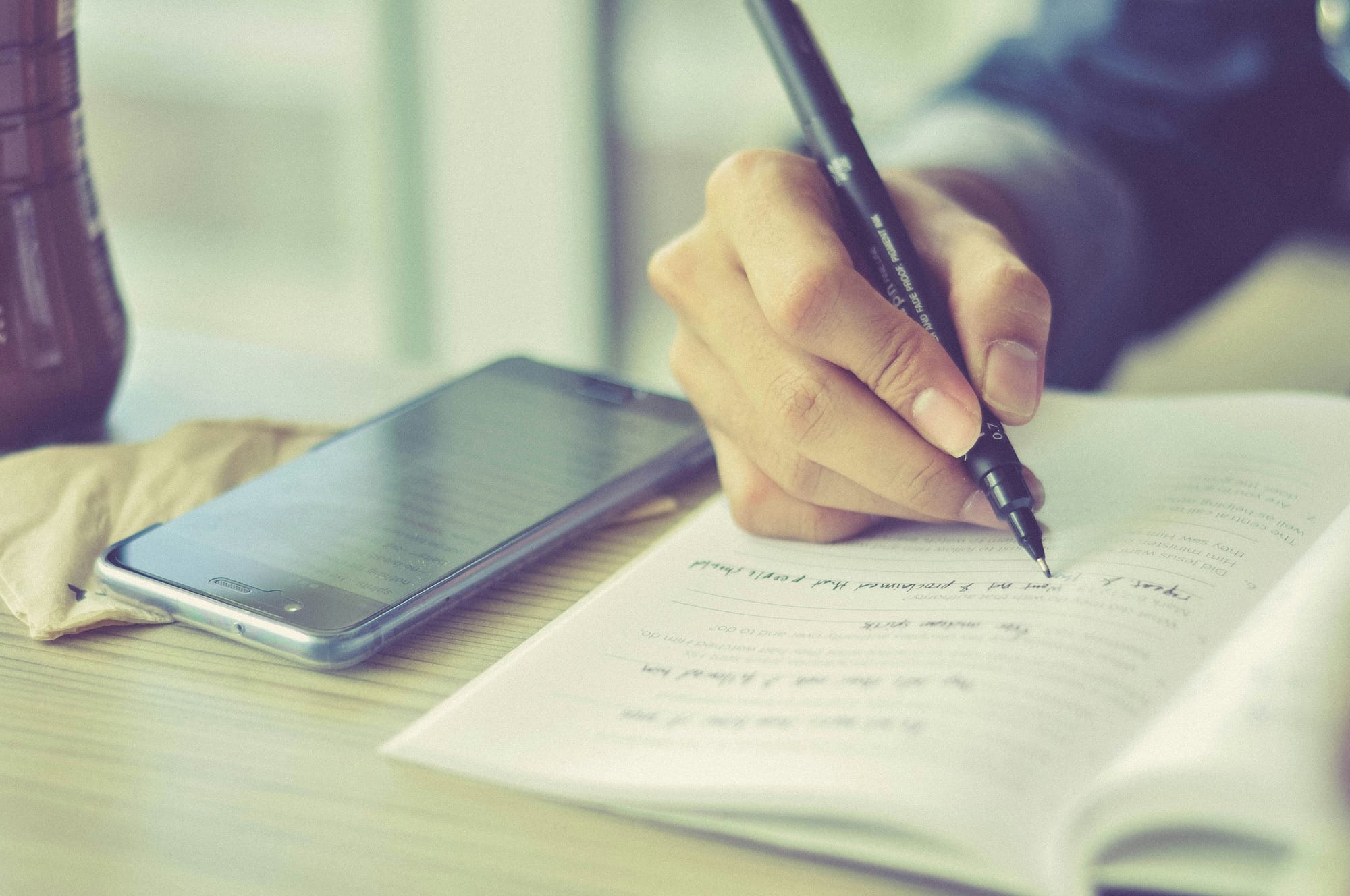
Digital journaling offers several advantages, including easy searchability, the ability to journal from any device, and often, enhanced security through encryption. Many digital journaling platforms also offer features like tags and categories, making it easier to organize and revisit entries.
However, some argue that digital journaling lacks the tactile satisfaction and personal touch of pen-and-paper journaling. There's also the potential for digital distractions when journaling on a device connected to the internet.
Recently, there's been a surge of AI-assisted journaling apps; while handy for summarizing and spotting insights, there are concerns with privacy as entries are usually sent to third parties for processing.
With that said, digital journaling has become on of the most convenient and popular ways to journal. If it works for you - keep at it!

What will you choose?
The world of journaling is vast and varied, with as many options as there are people. There's something different for every personality, need, and preference. From the structure of bullet journaling to the free-flowing nature of stream of consciousness writing, from the unique expression of junk journaling to the convenience of audio journaling - there's simply no one best or one-size-fits-all method.
You might even find that combining elements from different journaling styles works best for them. You can absolutely use a mix in your daily journaling; perhaps pieces of bullet journaling for day-to-day planning, with some gratitude entries for positivity, and reflective journaling to work on personal growth.
The key is to approach journaling with an open mind, and a willingness to experiment. What works for you may change over time, and that's okay.
The most effective journaling practice is one that you can maintain consistently and that brings value to your life.
It doesn't matter if that's in the form of enhanced productivity, improved emotional well-being, or simply the joy of self-expression.
Journaling is a deeply personal journey. While it can be inspiring to learn about different methods and see examples from others, ultimately, your journal should be a reflection of you.
Don't be afraid to adapt techniques, break rules, or create your own unique approach to journaling.
The most important thing is to start, and to keep going, one entry at a time.




